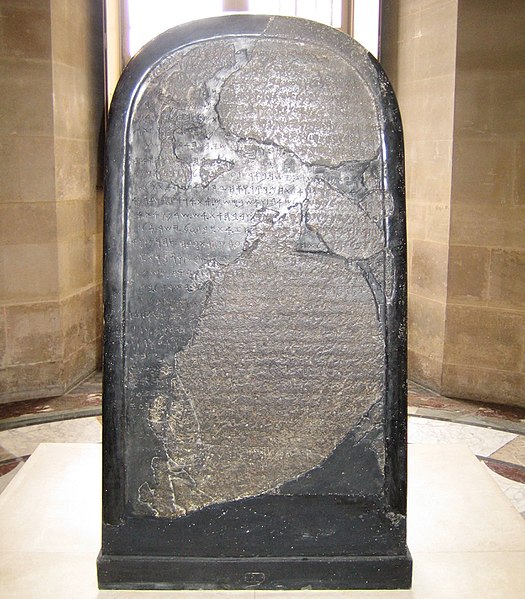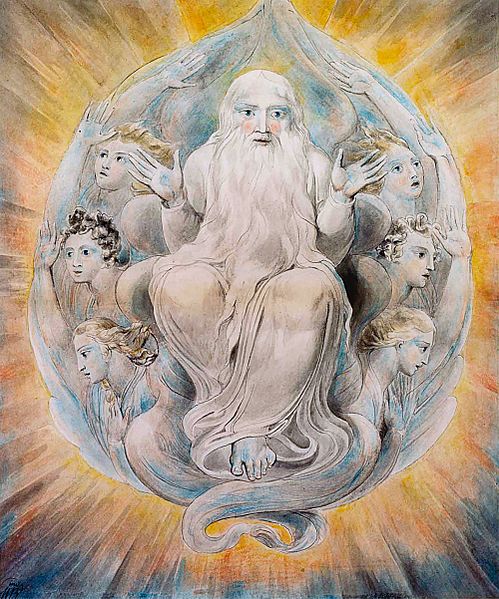Apophatic theology, also known as negative theology, is a form of theological thinking and religious practice which attempts to approach God, the Divine, by negation, to speak only in terms of what may not be said about the perfect goodness that is God. It forms a pair together with cataphatic theology, which approaches God or the Divine by affirmations or positive statements about what God is.
Plato Silanion Musei Capitolini MC1377.
Plotinus, 204/5–270 AD.
Engraving of Otto van Veen (1660), who negatively describes God as Quod oculus non vidit, nec auris audivit (Vulgate), "What no eye has seen, nor ear heard" (1 Corinthians 2:9).
Filippo Lippi, Vision of St. Augustine, c. 1465, tempera, Hermitage Museum, Saint Petersburg.
In monotheistic belief systems, God is usually viewed as the supreme being, creator, and principal object of faith. In polytheistic belief systems, a god is "a spirit or being believed to have created, or for controlling some part of the universe or life, for which such a deity is often worshipped". Belief in the existence of at least one god is called theism.
The Mesha Stele bears the earliest known reference (840 BCE) to the Israelite God Yahweh.
Thomas Aquinas summed up five main arguments as proofs for God's existence (painting by Carlo Crivelli, 1476).
Isaac Newton saw the existence of a Creator necessary in the movement of astronomical objects (painting by Godfrey Kneller, 1689).
God Blessing the Seventh Day, 1805 watercolor painting by William Blake








